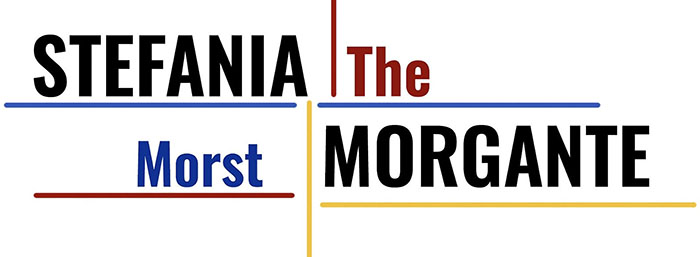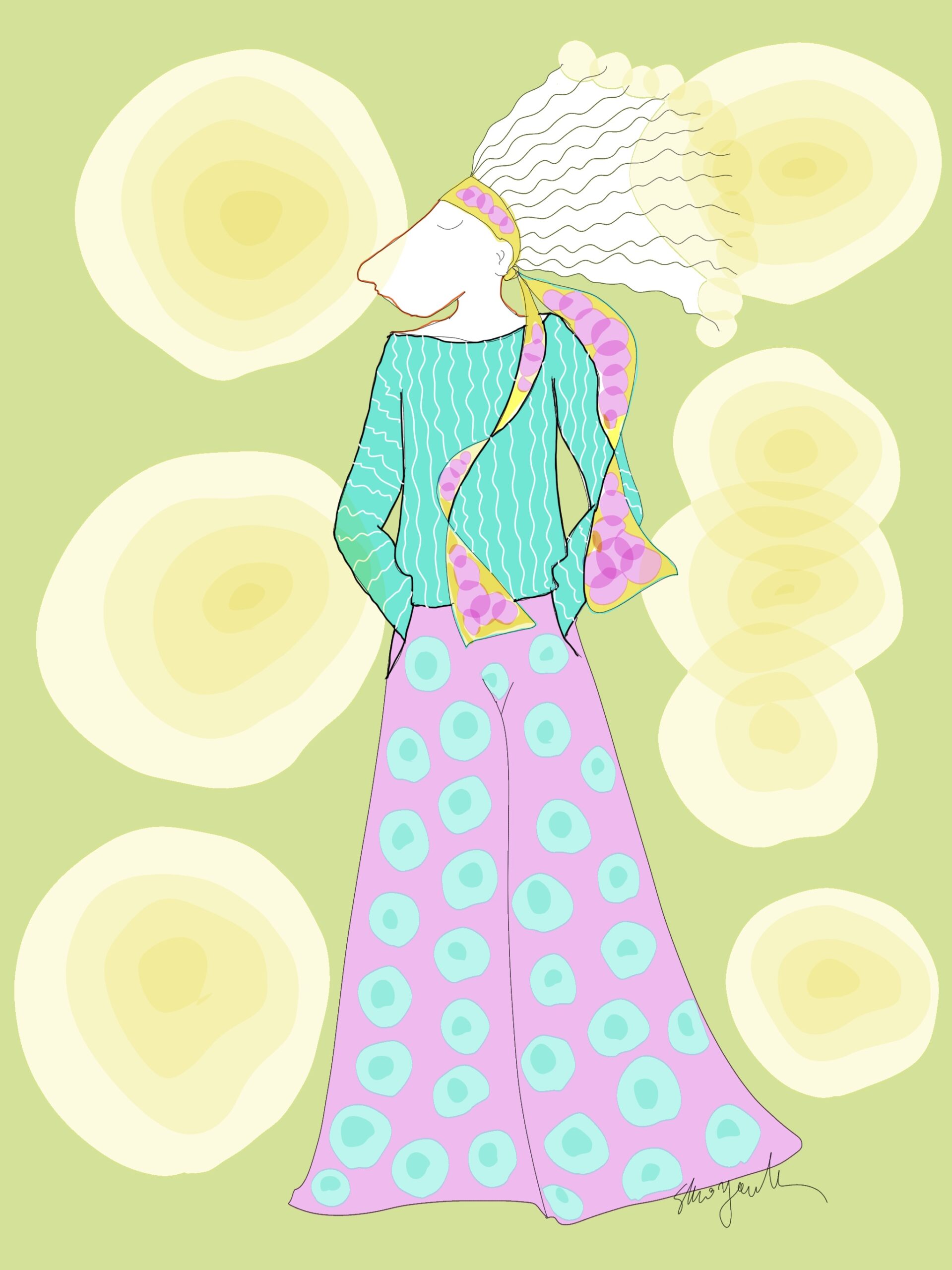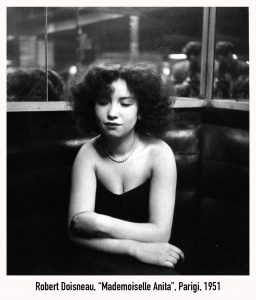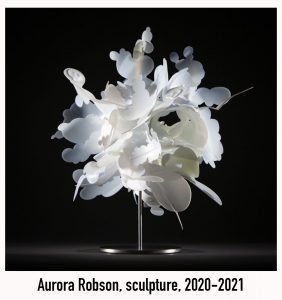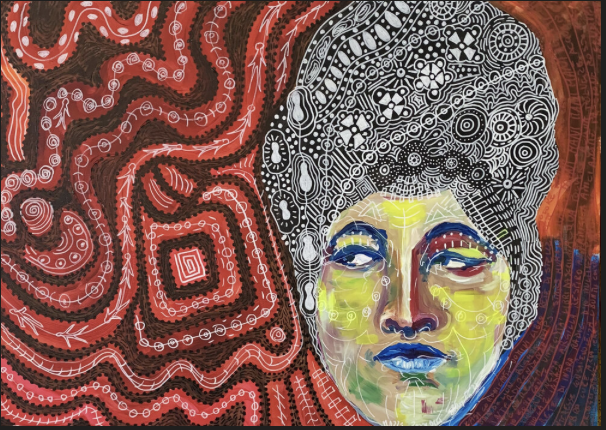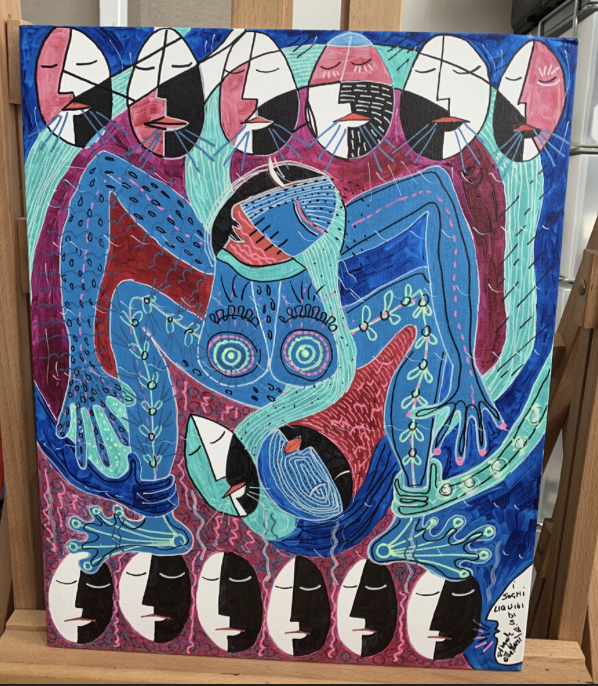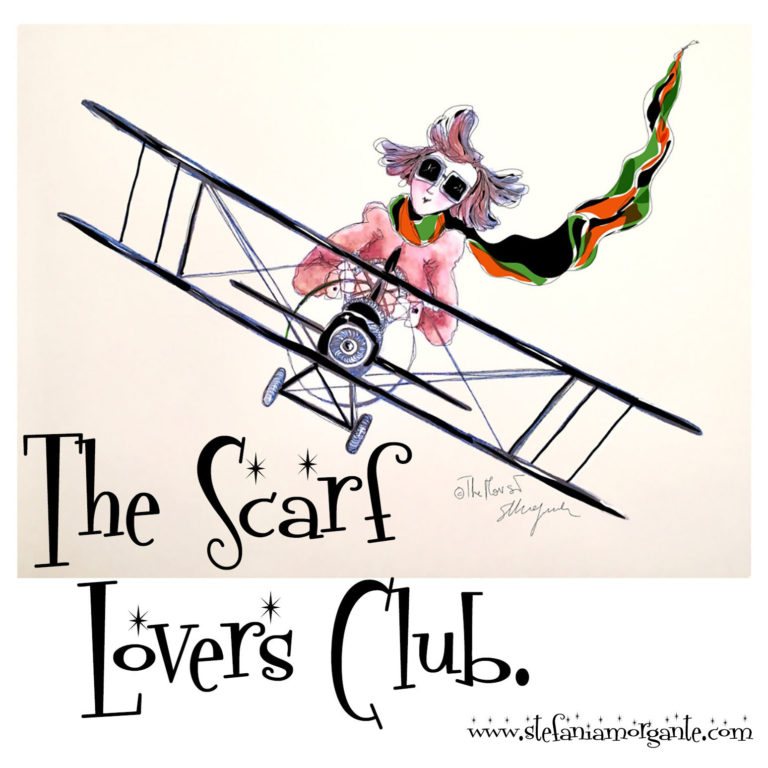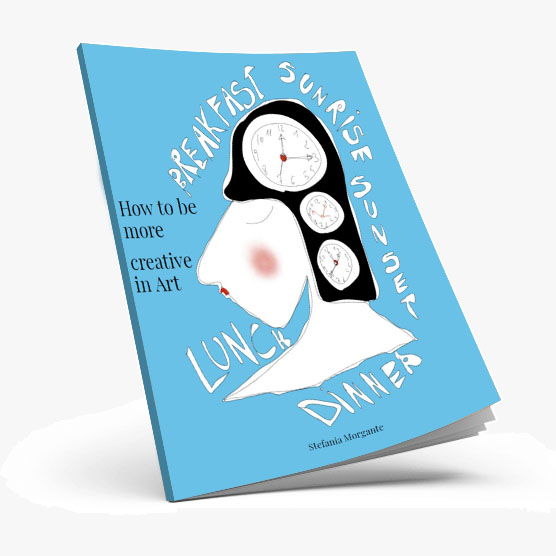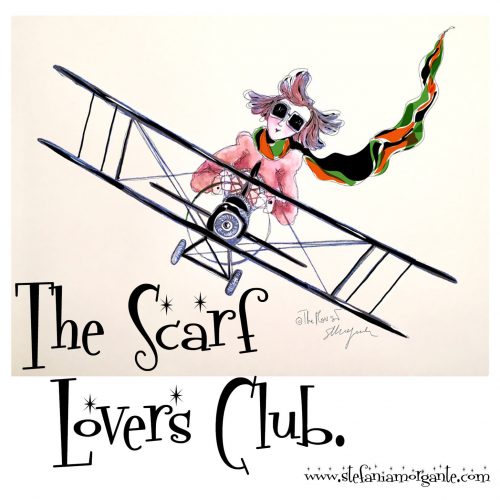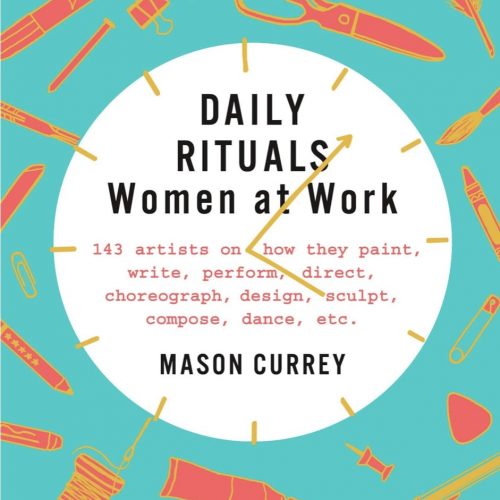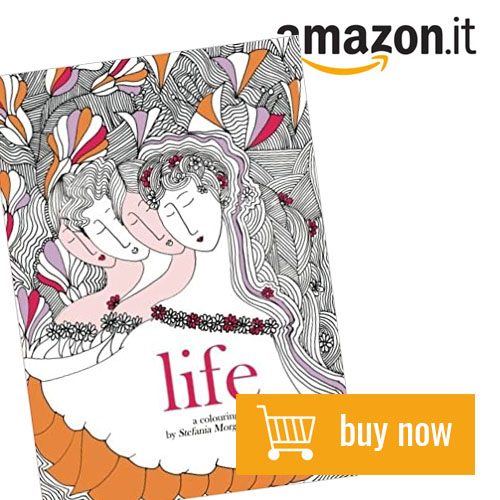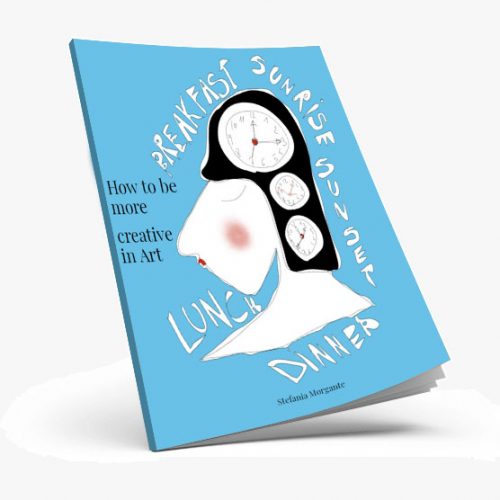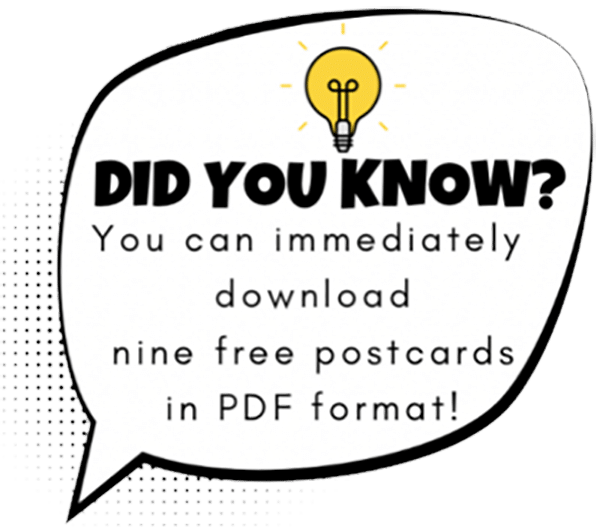Some reflections on the International Women’s Day.
This year’s theme is “Women in Leadership: Achieving an Equitable Future in a COVID-19 World.
Never before has the imbalance between the rights of men and women been so great as it is this year.
COVID-19 has penalized women in work, family, wages, and health.
Only in Italy in the last year, 100,000 women have lost their jobs.
Smartworking, the closures of theaters, cinemas, hairdressers, beauticians, restaurants, and so on, especially penalized women.
The closure of schools for months relegated women to the home to care for their children, while their husbands worked outside the home.
Many families made this choice, both because there were so many layoffs and because men are paid more.
There has been an increase in domestic violence, poverty, and mental illness.
Women make up about 96% of the medical and paramedical staff, subjected to incredible stress in hospitals around the world.
In short, the care of the world has weighed heavily on women throughout 2020 and 2021 still has so many challenges.
Stereotypes and language about women.
Another much older and more tenacious form of violence is that of language and stereotyping.
Women are relegated to certain roles and not others, they are declined in the masculine form when in their own language the feminine exists.
All these forms of inequality weigh on the life of every woman in the world, of any culture and social class.
Women are victims of abusive husbands, abusive words, and abusive work roles.
And I don’t only mean physical violence but also verbal violence.
Where there is stereotype there is often linguistic violence.
Women can’t do certain male jobs? It’s a stereotype and therefore irony and sneering at women who try.
Stereotypes in the art world.
Even in the art world there are stereotypes, clichés, and misspelled words.
The numbers say that we still count for little in the art world.
We are paid less, we are fewer in number, we are less present in exhibitions and galleries, museums acquire more works by men than by women.
Mind you, I don’t mean to classify art into male and female: here we are talking about acquisitions of art created by men and art created by women.
The percentages are bleak; men have more acquisition.
- In the arts (visual and otherwise) women are paid less: men earn 24% more than women.
- Female works in exhibitions, galleries, museums comes to 36.7%.
- We grab 37.7% of the awards, while 51.6% of men believe that works made by women are weaker (Kooness research, 2020)
In Italy, things are no better.
The data say some very clear things:
- Thirty-five percent of Italians give themselves a grade higher than 7 on self-assessment tests, compared to 65% of men.
- One woman in two works in Italy, when she manages to find a job (Censis speaks of 49.5%).
- On the other hand, in recent years, companies run by women have grown by 2.9% compared to 0.3% for men.
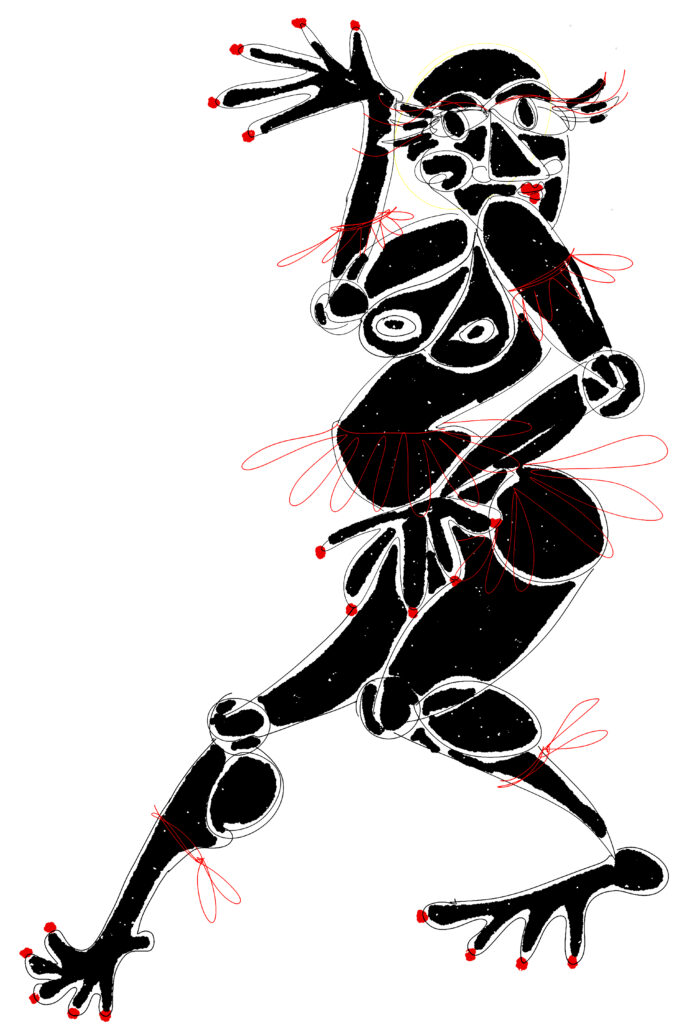
Equal opportunities would boost the GDP of every country. Development would be certain and solid. As would the well-being of the population.
At the moment we are more unbalanced than 2019. Women have a greater burden everywhere and the virus has crashed the economy not only because of business closures but also because many women have dropped out of productivity.
Do we women love ourselves enough?
Can we see how many rights we still need to get?
In any field?
Do we manage not to fall into the trap of necessarily being better than men in a stressful race?
The data says it will be another century before we achieve executive gender parity.
Art and equal language opportunity.
I’m an artist.
In the Italian language there is a difference between female and male artists.
To define a female artist, you need the apostrophe on the indefinite article “un” (“an”).
So, in Italian, I am UN’artista as a woman, while a man is UN artista.
It took ages to put that apostrophe between the feminine indefinite article and the noun.
Mostly to point out that yes, there is a difference.
The vocabulary says it but society hasn’t said it for too long.
Over the centuries, before that apostrophe, many women have worked behind the scenes for famous artists, created without being able to sign, signed under pseudonyms, put their ideas on canvas and stone, and gone so far as to commit suicide in complete anonymity without any recognition.
Thanks to that apostrophe, art history can and should be rewritten.
Let us therefore respond to Rostand’s words: if the kiss is the pink apostrophe between the words I love you, an artist is a new grammatical and therefore social and substantial awareness, a new act of love for oneself.
We are ministers, we are lawyers, we are architects, we are rectors. We are feminine.
Do we not like the sound? Does it make us laugh? Does it upset us?
We are not used to it; language must be spoken, cultivated, spread.
We are through words.
We exist because we consciously speak an equal language.
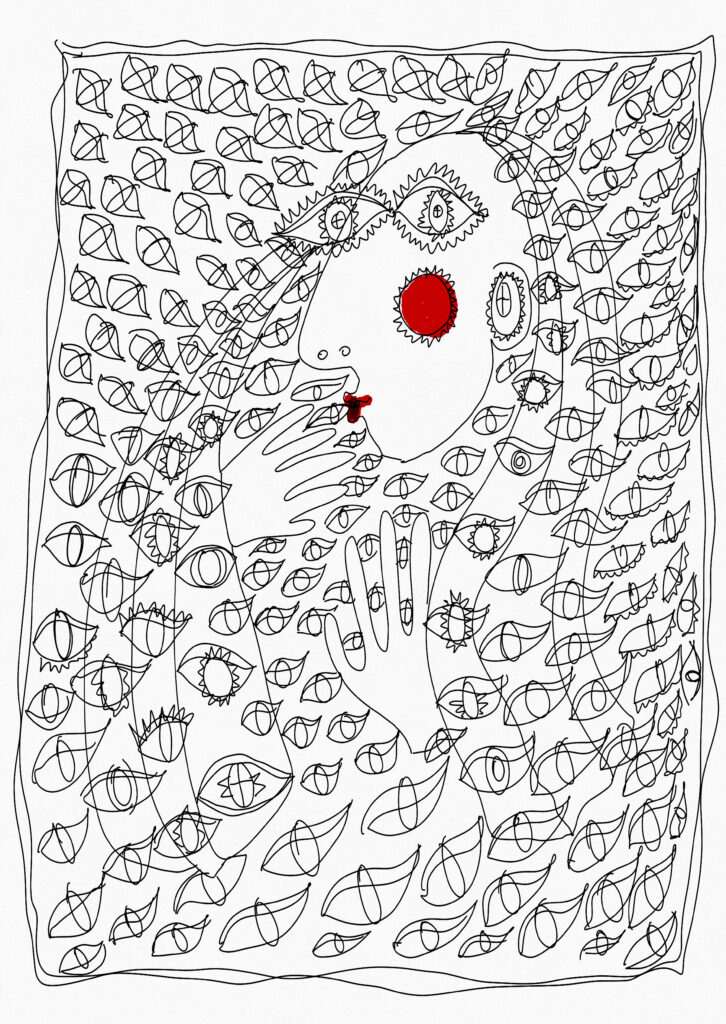
In the Italian language the difference between masculine and feminine exists, but the masculine word and definition is almost always used.
Why? Because society has yet to evolve, because many professions have been created by men for men.
Now everything changes and women do jobs like men and there are words to define them.
So we have to use the feminine in our language.
It’s an important issue for gender equality, for equal opportunity.
So I consider an apostrophe something that has enormous weight.
A weight that gathers aspirations, ambitions, determinations often stifled by an upbringing based on silence, assertiveness, cultivating modesty, low self-esteem, predictability of career and private life.What is your apostrophe?
Tell me in the comments below and let’s write a new vocabulary together.
